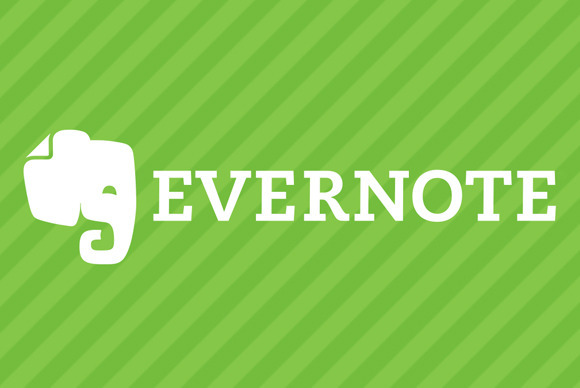Evernote is an easy-to-use, free app that helps you remember everything across all of the devices you use. Stay organized, save your ideas and improve productivity. Evernote lets you take notes, capture photos, create to-do lists, record voice reminders–and makes these notes completely searchable, whether you are at home, at work, or on the go.
Why Use Evernote?
Without the Evernote app, I’d be a lot less productive while I’m away from my desk, when the only device I typically carry is an iPhone 5. This free, straightforward note-making and –syncing app outrivals most competing apps thanks to its strong search capabilities, effortless tagging features, and simple organization. But the real key to its success and popularity is that Evernote synchronizes all your files by saving them to a cloud service, meaning anything you create or alter from your iPhone will be there waiting for you when you log into any other version of Evernote, such as Evernote for iPad,Evernote Web app, Evernote for Windows, and every other platform where it’s supported.
Evernote excels when it comes to searching your notes. Evernote can find typed text, as well as text that shows up in images, including handwriting. Let’s say you’re walking or driving by a new shop, and you want to jot down its name, address, and phone number. You can pop open Evernote and simply take a photo of the store’s window or awning where that information is likely to appear. Later, just search for anything you can remember about the business, either the first few digits of the phone number or the name of the business, and Evernote will find the photo. Although I’ve been able to stump Evernote’s OCR, it’s reliable on the whole.
In a nutshell, Evernote lets you create all kinds of electronic files—text files, images and photos, audio or voice memos, and videos—and gives you access to them through a variety of interface Log into any of these access points with your Evernote account, and you’ll be able to read, write, search, and otherwise utilize all your files.
With the new interface, you now have easy ways to view your information no matter how you have it organized. Whether you rely on using notebooks, places, or tags to find your notes, you switch to a view tailored to your preference that shows you a handy list of each. This is a much better experience than the older versions of the app provided, putting all the ways to browse Evernote only a couple of taps away.
My only beef with this app is that the premium version offers all the important tools you need, but costs more than most people will want to pay. With Premium, you get PIN access to keep your professional documents safe; you can use and edit documents offline when there’s no connection; you can view past versions of your notes with note history; and much more. I understand that a company needs to make money and Evernote is a great service, but I think $5 per month puts it out of reach of many users (like students who could really take advantage of the app), and after only a few months your investment in the service will be more than it’s worth.
The good: Evernote gives you access to your notes, images, and voice recordings on all your devices. A premium subscription includes PIN access, among other features.
The bad: Evernote Premium offers the ideal setup with PIN access, document history, offline notebooks, and priority support, but a $5 monthly subscription is simply too steep.
The bottom line: If you’re looking for a note-taking app that syncs across all platforms — or just an easy way to keep track of your digital odds and ends — Evernote is a worthwhile download.
